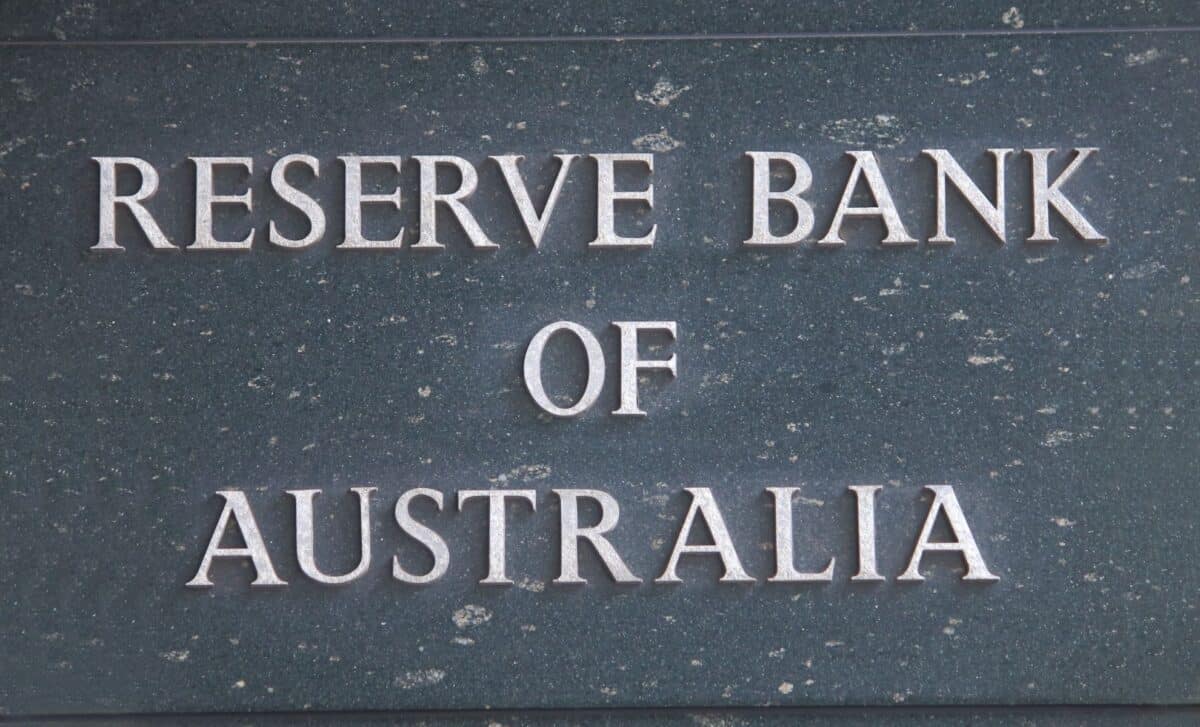Australia’s central bank, the Reserve Bank of Australia (RBA), is considering a shift towards publishing votes from its Monetary Policy Committee (MPC), but only in cases where there is no consensus. A final decision on this matter is expected to be made at the bank’s July board meeting.
The potential change comes in the wake of a 2023 independent review that recommended increasing transparency within the RBA’s decision-making processes. While the central bank has already embraced several key recommendations from the review, this proposal to release unattributed voting records is one of the last remaining steps in the planned reforms.
What does this mean for RBA’s transparency?
The RBA’s decision-making has long been shrouded in secrecy. Currently, the bank publishes only the collective outcome of its MPC meetings without offering insight into individual votes. The proposal under discussion would change this by publishing unattributed records of votes when the committee fails to reach a consensus.
According to reports, RBA Governor Michele Bullock and Treasurer Jim Chalmers discussed the proposal in a meeting last week.
Both parties have expressed a disposition towards implementing the recommendation, which is part of a broader drive to enhance transparency. This would allow the public and markets to gain a better understanding of the differing views within the MPC when a consensus is not reached.
The move is in line with global trends in central banking, where institutions such as the U.S. Federal Reserve have long been releasing records of votes and dissenting opinions. Such transparency, supporters argue, can help demystify the decision-making process and give stakeholders a clearer view of how monetary policy is shaped.
The impact of the proposed changes on the RBA
The publication of unattributed votes is expected to foster greater public trust in the RBA, allowing external observers to gauge the level of agreement within the committee. This could be particularly relevant in times of heightened economic uncertainty when policy decisions carry significant weight.
At the same time, the RBA has made it clear that the change would only apply to situations where there is no consensus. In cases where all committee members agree, no vote will be published. This decision reflects an attempt to balance transparency with the need to protect internal discussions and prevent any unnecessary external pressure on individual members.
The RBA has already implemented a number of changes recommended by the 2023 review, such as splitting the board into two groups: one focused on monetary policy and the other on operations. These steps are intended to ensure that the RBA’s decision-making processes are more efficient and better aligned with the broader goals of economic stability.









